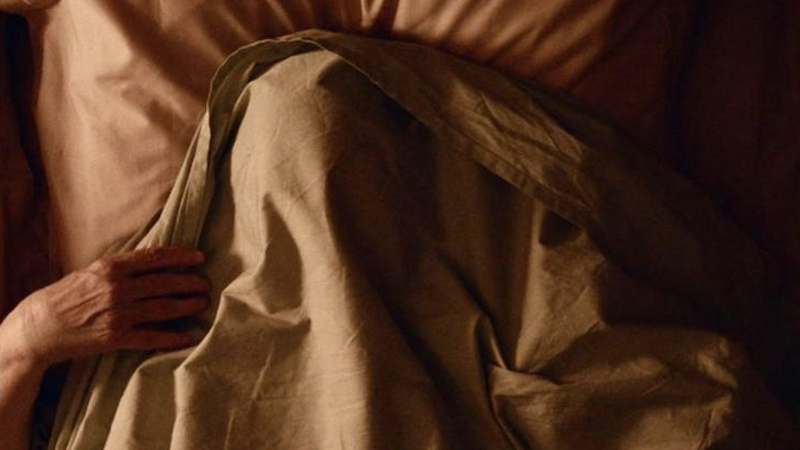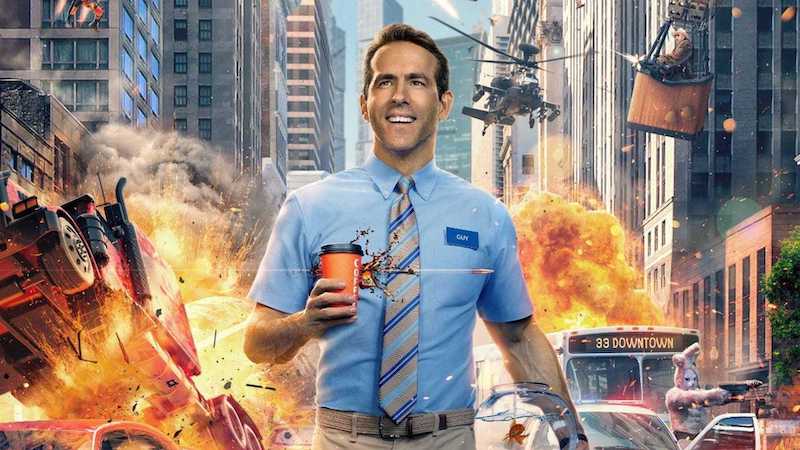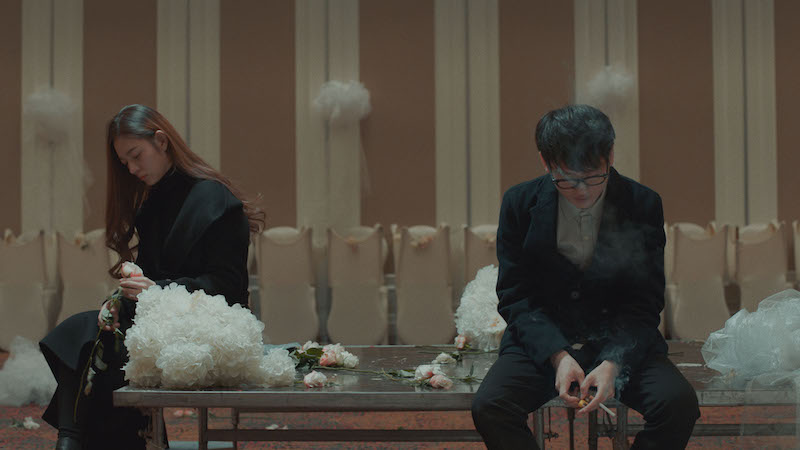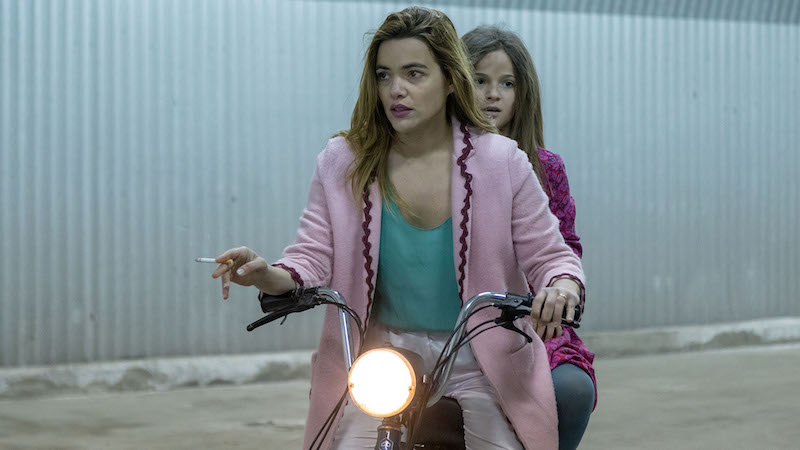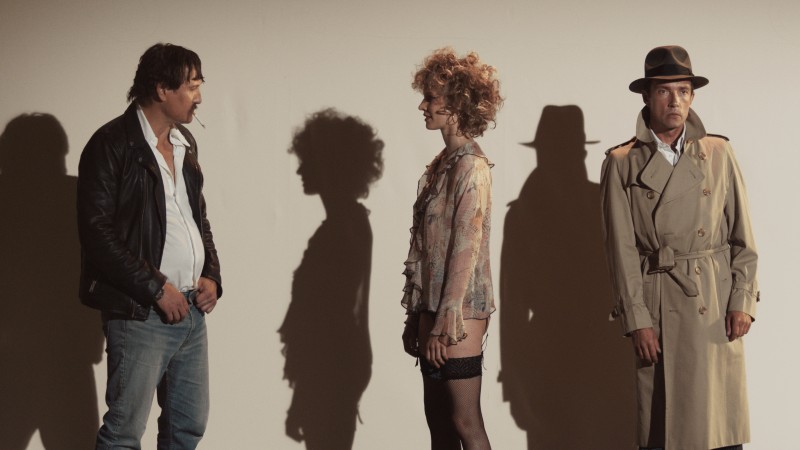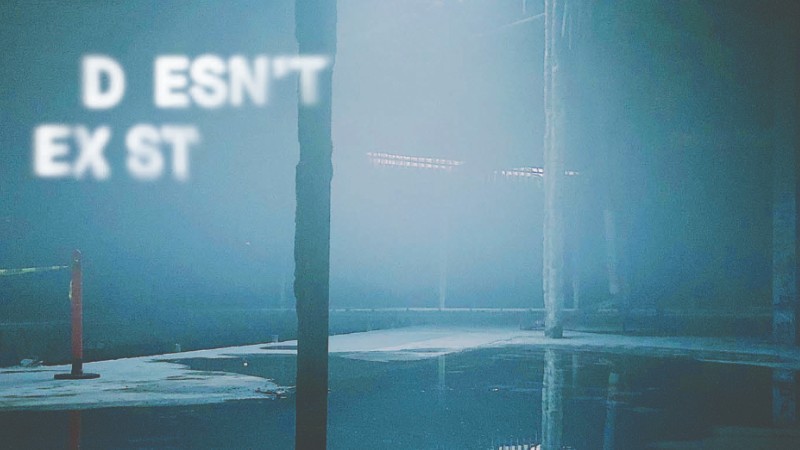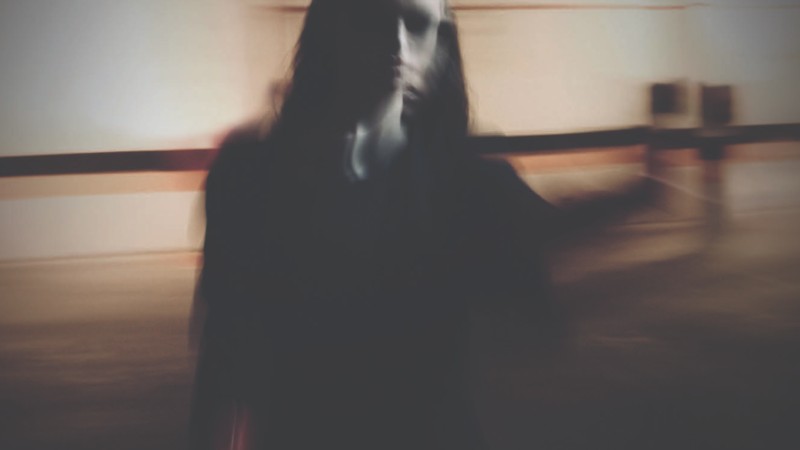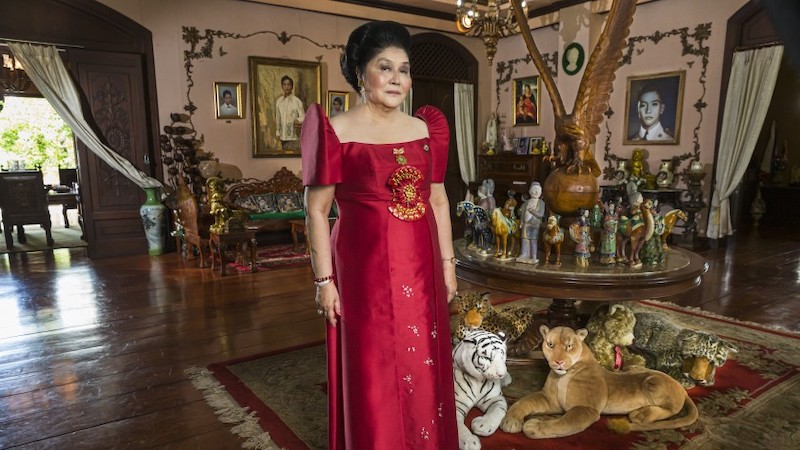To paraphrase a statement made by the late British cultural theorist Mark Fisher, “it is easier to imagine the end of the world than to imagine the end of Hollywood”. As someone who was raised on Hollywood movies and is still enthralled by the creative industry of filmmaking and film story-telling, I also find it hard to imagine a moment in time when film, for reasons we’ll explore below, will not exist and will not be made in the same manner that it is currently.
The nature of film is changing and is now in decline. Attendance to movie theatres has been dropping for decades as home entertainment has shifted audiences’ collective bums from theatre seats to sofas. First it was the revolution of VHS cassettes, then DVD, now the epoch is online streaming. Only the spectacle of a franchise cinematic event – a Marvel film, a Star Wars episode – brings the masses out. On occasion an oddity might rise above the din and become a hit, a recent example of which would be Jordan Peele’s Us (2018) and Todd Phillips’s Joker (2019, pictured below), though these are few and far between. Hollywood’s reliance on domestic audiences to recoup has also dwindled. Hollywood now looks towards foreign markets such as China for return-on-investment. And investment is key to understanding the current state of mainstream filmmaking, as the new online studios of Amazon, Netflix and now Disney produce mid-priced dramas and comedies to keep their consumers at home and in Amazon’s and Disney’s case, keep purchasing their products.
Is this the future of mainstream film? A two-hour-plus exercise in product placement designed to shift toys, clothes and lifestyles. But, if (or as) capitalism unravels, or catastrophe strikes, film may be unleashed from this undesired future and become something of a savoir to those that remain.
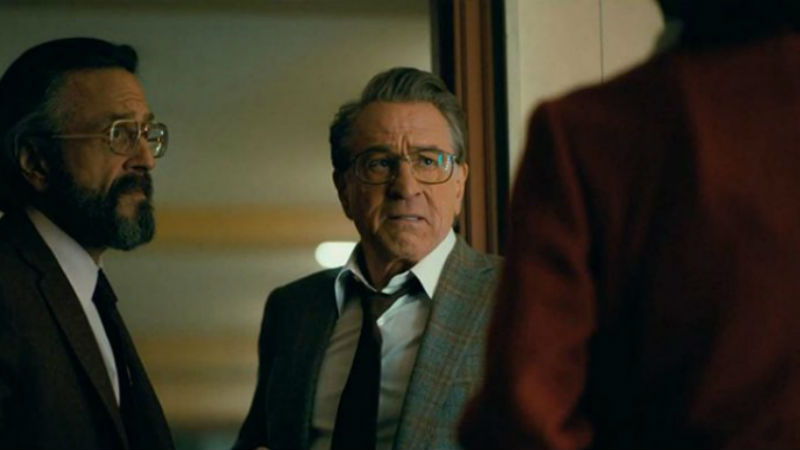
.
The end is nigh
Whilst never envisioning its own demise, Hollywood has envisioned the end of the world by spectacular means over its short history. In an essay titled Disaster Movies and the Collective Longing for Annihilation, published in early 2013, I argued that the disaster movie genre plays out our fears of mass death and the end of humanity, but also gives us permission to enjoy the destruction from a safe distance and the utopia of a renewed version of humanity that often comes Post-catastrophe. The payoff was to witness the end of the world so we could witness the renewal. Whilst elements of that essay may still be justifiable, the world we live in now is different and more divisive to that of the time the piece was written. A lot has happened in the space of only a few years. Some of it feels like tropes from a comedy film, too ridiculous to contemplate, some of it has been drawn from tragedy and is too heartbreaking to imagine.
With the aid of CGI, it was easier to envision the catastrophic death tolls and the mind-blowing damage of end of the world scenario. In the blockbuster films Deep Impact (Mimi Leder, 1998, pictured below) and Armageddon (Michael Bay, 1998) ocean waves caused by crashing asteroids rise up and wash over towering cityscapes. In Independence Day (Roland Emmerich, 1996) and Independence Day: Resurgence (Roland Emmerich, 2016; pictured at the top of this article), populations are wiped out in minutes by invading alien technology. In 12 Monkeys (Terry Gilliam, 1995), a virus infects and kills billions. In Twister (Jan de Bont, 1996), a series of tornadoes tear up a fractured landscape. In Starship Troopers (Paul Verhoeven, 1998), an army of invading insectoids demolish entire buildings and kill countless. In The Day After Tomorrow (Roland Emmerich, 2004), the Earth is plunged into a new global Ice Age. In Hollywood, the future can be cancelled easily.
But even then, Hollywood continued to find more elaborate ways to offer screen-based destruction for audiences to joyously lap up.
In most of these disaster films, the world was reset. After the devastation, life was renewed yet continued in much the same way. For example, in Deep Impact, despite the death of possibly millions and the exhaustive costs associated with global destruction, the man who is President of the United States – President Beck (Morgan Freeman) – remains the U.S President and continues the work of that office even through the structures that held the senate and congress is physically decimated. We later learn that Bill Pullman’s President Whitmore in Independence Day serves a second term as U.S President after the initial invasion. The structures of the worldwide system of organisation, i.e capitalism and democratic governance, remain.
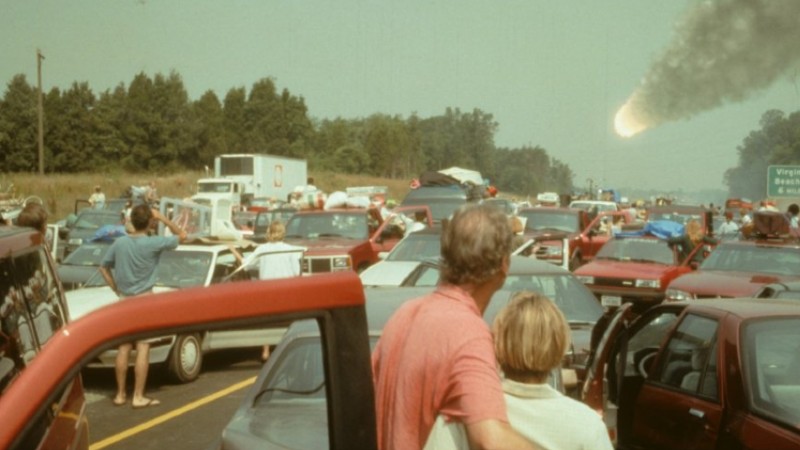
.
The saga never ends
This has been made more explicit in the 23-film Infinity Saga of the Marvel Cinematic Universe. With each movie the threat increased and although most of the saga was Earth-based, the perception of the threat widened to include villains that were demi-gods, actual Gods, intergalactic warlords, and legions of armed warriors from other realms. In most cases, cities are wiped off the map, yet, the populace of Earth seemed to continue on regardless of the dramatic loss of life and the demolition of the cities they live and work in. The faith placed in The Avengers to reset the standards was absolute.
In Avengers: Infinity War (Anthony and Joe Russo, 2018), half the population of the universe is snapped out of existence by the tyrant Thanos, and this event is reversed by The Avengers five years later in Endgame (Anthony and Joe Russo, 2019),when all those who were “snapped” out of existence are “returned”. There is no permanence, and as seen in the first MCU post-”return” film Spider Man: Far From Home (Jon Watts, 2019), life more or less continues on very much the same.
Now the reset can now happen again and again within a single franchise. No threat is sustainable but dangers continue to come that can be swept aside by a team of superheroes.
.
Reality imitates fiction?
But this is not the world we live in. We’ve no superheroes among us and the people we put in charge of our daily lives, the leaders, politicians and representatives we elect, are mediocre at best, tyrants and imbeciles at worst. In the near future our own world might succumb to the scenes of destruction that prevail in Hollywood cinema. The threat won’t come from mad tyrants from space, but from circumstances of our own doing. It will very likely be less dramatic than the scenario we see in Hollywood’s version of events. There will be no swelling music to accompany the scenes, no brave muscular superhero to swoop down and save us. We’ll live or die and the after effects of any disaster for the survivors will be just as devastating. No reset or utopia, just continued hardship and survival.
We’ve seen this play out at various times in the past decades. The terrorist attacks of September 11th 2001 felt, and were meant to feel like a scene from a Hollywood disaster movie. The Indian Ocean Tsunami that struck the coasts of Indonesia, Sri Lanka, Thailand, India and the Maldives with an estimated body count of 227,898 people could have been ripped right out of a disaster film. The earthquake and tsunami that struck Japan in 2011 was a real-life disaster and footage of the first wave sweeping across the country had cinematic overtones. Hurricane Katrina that struck New Orleans in 2005 offered a post-apocalyptic landscape of submerged city streets and dead bodies floating in the waters.
These are the most news-worthy examples that come to mind, but on a day-to-day basis, people are facing what we might perceive as miniature – personal apocalypses. Climate disruption is frying the forests, melting the ice caps and the burning of fossil fuels continues to pollute our air. The devastation to land means a desperate wave of displaced people. War and unrest in places such as Syria (pictured below, in this year’s For Sama, by Waad Al-Kateab, Edward Watts) and Libya have pushed an exodus of people to take extreme measures in migrating to safer environments in Europe. These civil conflicts are having wider repercussions throughout the world as governments retract decades of assistance and refocus themselves nationally and dismiss the wave of migration as another regions problem.
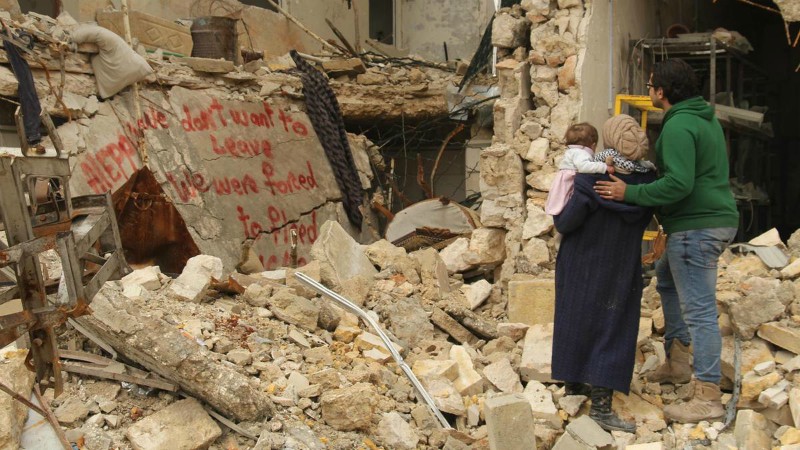
These are prolonged events that will play out and worsen over decades. But these events are not Hollywood material. The slowness softens the impact. Like climate disruption, we only heed the warnings when disaster impacts us in the immediate moment. But people are subject to even smaller waves of devastation brought on by capitalism and the impact of greedy corporations that inflict themselves of the landscape and then abandon without remorse when the buck and the labour becomes cheaper elsewhere. These pockets of economic devastation exist across the globe and are the end times in miniature.
Catastrophe happens on an almost daily basis and is nudging us at various intervals towards bigger cycles of devastation. There will be survivors of any large-scale natural or man-made disaster. In the harshest of circumstances pockets of existence will continue and may even be able to thrive under these new environmental conditions. The end of civilisation is not always the end of humanity. How we rebuild, or prolong our existence depends on the stories we will recall and stories we choose to pass down.
.
Can film save the world?
Today the stories that reveal our contemporary culture are locked within literature, novels, short stories, popular culture, games, apps, social networks, and film. The naivety of that statement becomes apparent when written down, and maybe the fact we have allowed our culture to be locked within these realms is perplexing, but this is the situation we find ourselves in and the direction of societies has always been informed by the stories of the past and present. Film cannot be excluded on the basis that it is considered entertainment. Film has always been a form of education and an apparatus for personal and societal change and progression. It can guide us towards a world we want or away from a world we don’t. This is in line with DMovies’ vision that cinema is a tool for personal and social liberation.
In any post-catastrophe world, film will still be available to those that we’ll call survivors. The means of how it will be made and how it will be screened and distributed will have to be explored in more depth elsewhere, but my initial thinking is the potential hacking of the discarded technology that will litter a post-catastrophe world. Why it must be made is quite simple. We will need to tell stories to starve off hardships and to strive for betterment. We will need creativity to overcome the predicament we find ourselves in.
Humankind has a need to express itself, a desire to explain its times, a longing to record its moments. Anything to overcome the trauma of living in dark times, but even in the light.
Our societies now have film and popular culture ingrained within its very essence. This will not change and will stay ingrained for a very long time to come regardless of our predicament. Show a young child an image of a popular culture artifact, a character from a popular show, a sports logo, a TV theme song, and its recognition is almost instantaneous. There is enough access in any form, physical or digital, to know that film will continue, and must continue beyond any doubt. What type of film comes after collapse is anyone’s guess.
Film, or at the very least its mainstream variant, is tied to capitalism and globalisation, and with any measured catastrophe, capitalism and globalisation will collapse. One must assume that this kind of film will be impossible to make and maybe that is for the best anyway. In post-catastrophe times, humanity will divert, disperse and regroup into smaller, more localised forms, film will most likely do the same after the collapse and instead of needing to communicate on a global scale, film should become the engine of change to smaller pockets of society. It would be nice to consider film and its current audience implementing this before a catastrophic event, but like the climate, we’ll probably have to wait for a full disruption before we even consider it.









